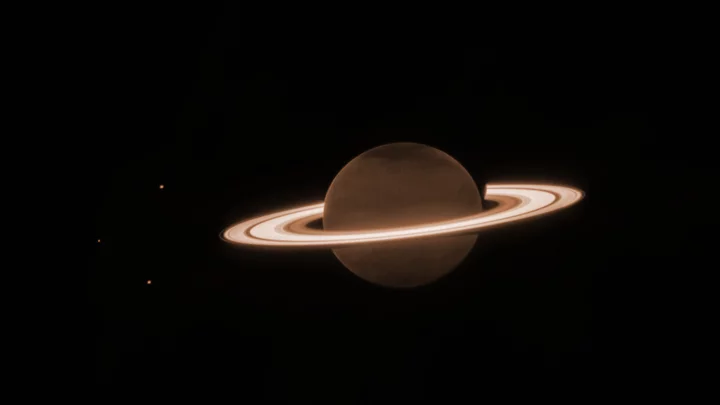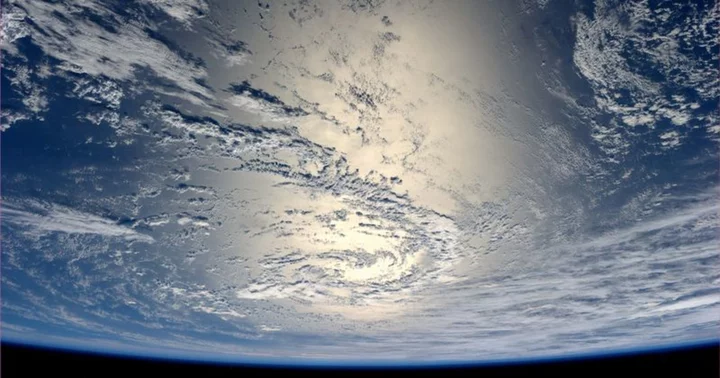You probably haven’t seen Saturn like this.
For the first time, NASA’s James Webb Space Telescope has snapped a picture of the gas giant, which captures Saturn’s iconic rings. But you won’t find the planet’s yellow body. Instead, the rest of the planet looks decidedly gloomy and haunting.
The reason is because the space telescope imaged the planet in near-infrared light, which can better capture dimmer objects compared to the visible light spectrum.
“Saturn itself appears extremely dark at this infrared wavelength observed by the telescope, as methane gas absorbs almost all of the sunlight falling on the atmosphere,” NASA says.
The near-infrared image also shows Saturn more as a hazy planet, instead of the usual striped appearance. NASA says “the patchiness is reminiscent of large-scale planetary waves in the stratospheric aerosols high above the main clouds… the northern pole is particularly dark, perhaps due to an unknown seasonal process affecting polar aerosols in particular.”
Meanwhile, Saturn’s rings, which are made up of ice and cold rock, remain bright. The raw image taken from the telescope show an even starker difference with the rings completely white while the rest of the planet seemingly remains in the shadows, nearly black.
Astronomers took the image “to test the telescope’s capacity to detect faint moons around the planet and its bright rings,” NASA says. Whether any fainter moons were imaged remains unclear, but the telescope was able to capture three of Saturn’s larger moons in the same picture: Dione, Enceladus, and Tethys.
“Any newly discovered moons could help scientists put together a more complete picture of the current system of Saturn, as well as its past,” the space agency added. Other exposures will also help scientists better examine the planet’s fainter rings.
The new image means James Webb Space Telescope has now taken pictures of all the gas giants in our solar system, including Neptune, Uranus, and Jupiter. NASA is now inviting scientists to help it select a new round of astronomical objects to target using the space telescope.









